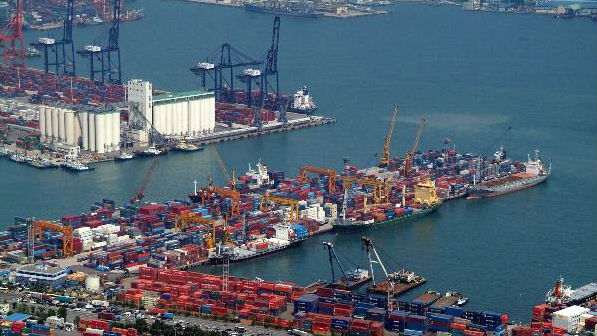Korean Yards Consider Container Crane Market

Busan Port Authority is considering ordering new gantry cranes from South Korean shipyards.
The port is currently building seven container piers at Busan Newport to be completed by 2021. Three more berths are being built by private companies. The port estimates the construction of 10 new cranes would be around $900 million, reports Yonhap news agency.
South Korean shipyards lost interest in the crane market a decade ago in the face of cheap Chinese competition. However, the price differential has now narrowed from over 30 percent to about five percent, reports Yonhap, and some yards have already expressed interest in the market on the strength of Busan’s expected orders and aging infrastructure at other local ports.
Busan Port Authority aims to be able to handle 20 million TEUs in 2017. Container cargo volume at Busan Port rose 2.7 percent from 19.46 million TEUs last year. The port say it will continue to exert all-out efforts to bolster marketing activities for alliances, to increase cargo volume and new services, to carry out efficient incentives and to attract containers from countries with growth potential including Southeast Asia (Vietnam), South America and the Middle East.
Woo Ye-Jong, Chief Executive Officer, said: “This year will require in-depth changes and risk management to adapt to the harsh global logistics environment triggered by Hanjin Shipping bankruptcy and a newly established shipping alliance in April. In this regard, all members of Busan Port Authority are going to endeavor to attract new cargo volume and to contribute to the local and national economy by fostering various port related industries.”
South Korean shipbuilders have been under severe financial strain since the 2008 global economic crisis, which sent new orders tumbling amid a glut of vessels and tougher competition from Chinese rivals. However, South Korean shipbuilders won more than half of new orders placed around globally in January, relegating China to second place.
